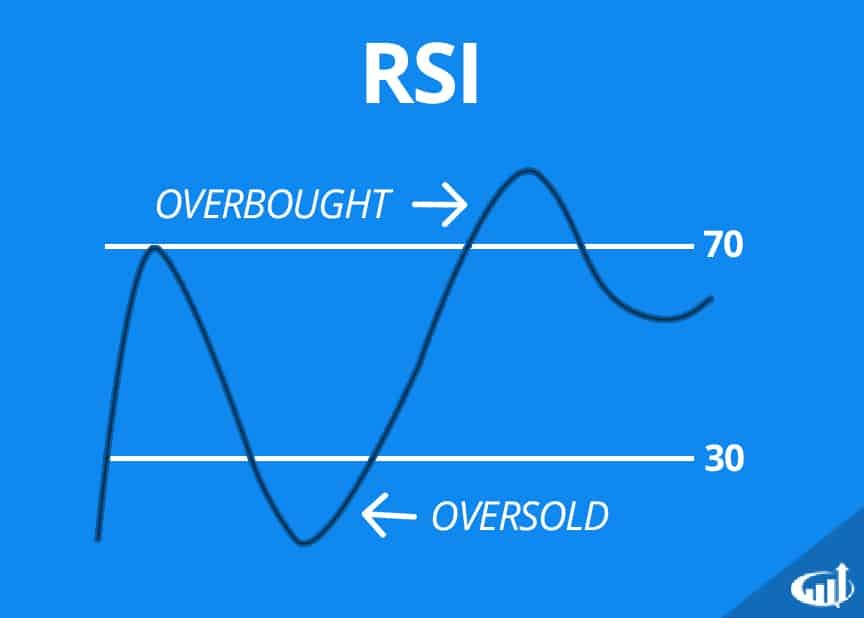VWAP complete guide.
VWAP (Volume Weighted Average Price) is a trading benchmark that represents the average price of a security, weighted by volume, over a specific period (usually one trading day). It helps traders understand the average price at which a security has been traded throughout the day, considering both price and volume.
Advantages of VWAP:
-
Benchmark for Fair Value:
- Helps traders understand whether a stock is trading at a premium or discount to its average price.
-
Reduces Market Impact:
- Institutional traders use VWAP to execute large orders with minimal impact on the market.
-
Trend Identification:
- If the price is above VWAP, the trend is considered bullish; if below, it’s bearish.
-
Objective Measure:
- Provides an unbiased reference point to evaluate execution quality.
-
Useful for Algorithmic Trading:
- Many trading algorithms are programmed to follow VWAP-based strategies to reduce slippage.

Disadvantages of VWAP:
-
Lagging Indicator:
- Since it incorporates past data, it’s a lagging indicator and may not reflect sudden price changes.
-
Limited for Short-Term Trading:
- Less useful for very short-term trades since it’s based on cumulative data.
-
Not Effective in Low Volume Markets:
- In low-volume or illiquid stocks, VWAP can be skewed and unreliable.
-
Market Close Distortion:
- VWAP can be distorted near the market close when large institutional orders are executed.
-
Over-Reliance Risk:
- Relying solely on VWAP without considering other technical indicators can lead to poor decision-making.
How to Use VWAP in Trading:
-
Intraday Trading:
- Buy when the price is below VWAP in an uptrend → Indicates undervaluation.
- Sell when the price is above VWAP in a downtrend → Indicates overvaluation.
-
Support and Resistance:
- VWAP often acts as a dynamic support or resistance level.
-
Trend Confirmation:
- If the price remains above VWAP, the trend is bullish; if below, it’s bearish.
-
Mean Reversion Strategy:
- When the price moves too far from VWAP, traders may anticipate a reversion toward the VWAP line.
-
Order Execution:
- Institutions use VWAP to avoid market slippage by executing orders near the VWAP price.
Source:- ChatGPT







